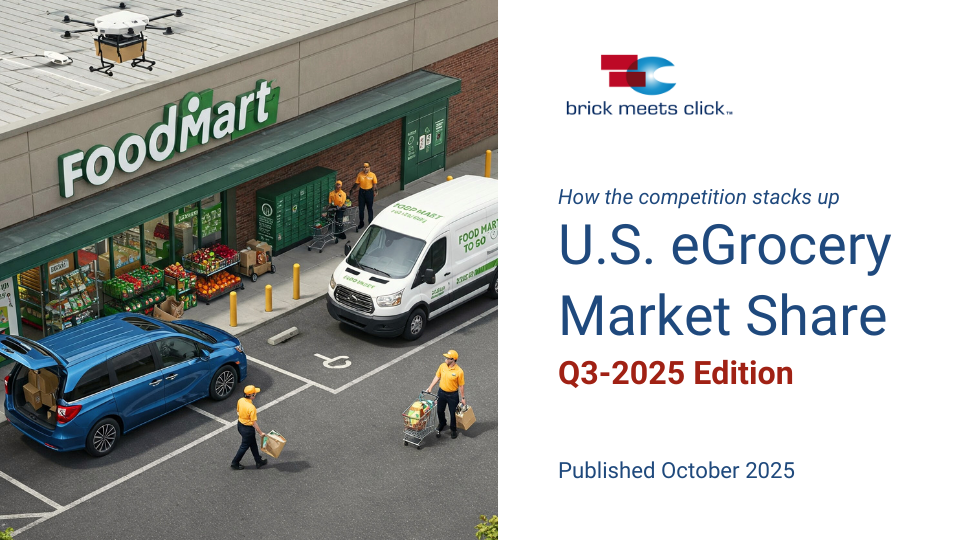The Latest eGrocery Insights
Uncover the newest trends and data in the eGrocery retail landscape with our range of free content.
Insights
eGrocery Lookout
eGrocery Dashboard
Videos & Podcasts
Papers
Blog
Press
Thank you! Your submission has been received!
Oops! Something went wrong while submitting the form.
Search by topic
The freshest insights from Brick Meets Click directly to your email
All the tips, stories, and resources you need to grow your eGrocery business.


.png)











